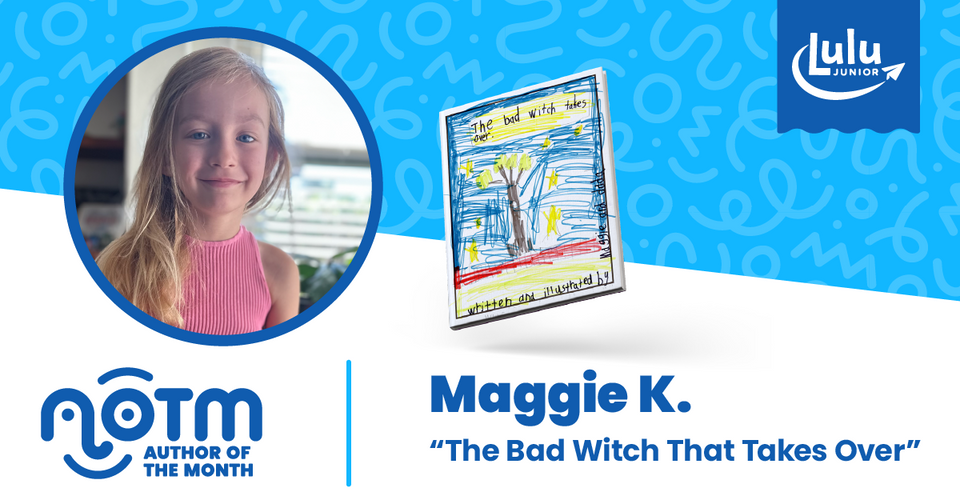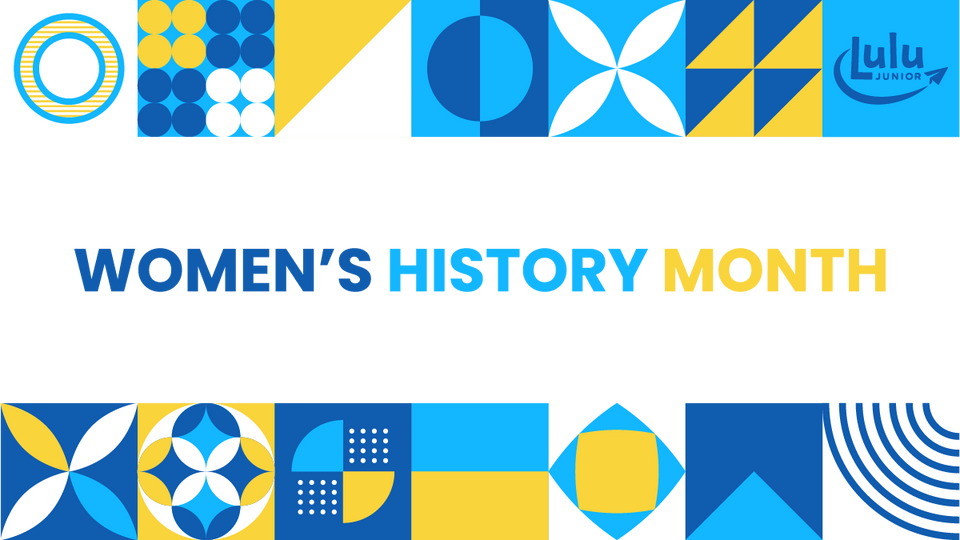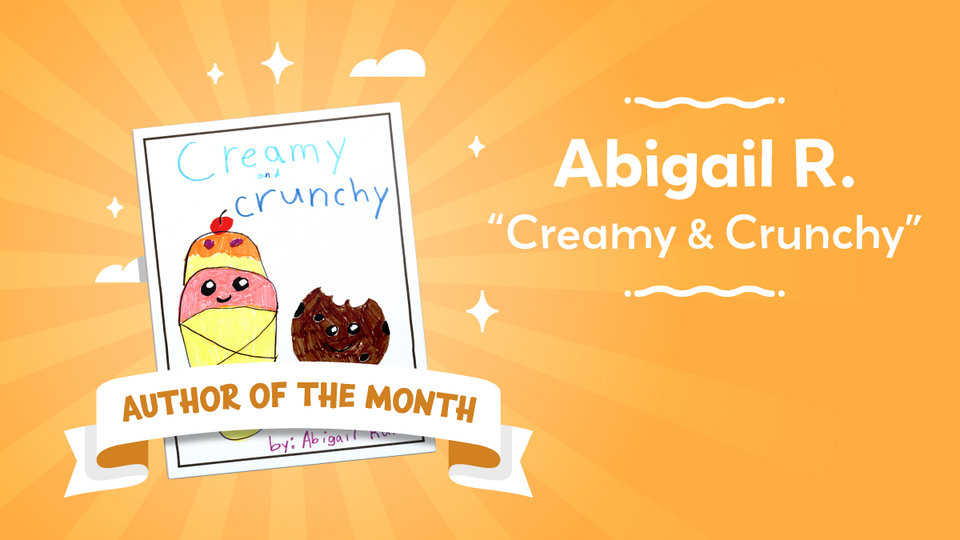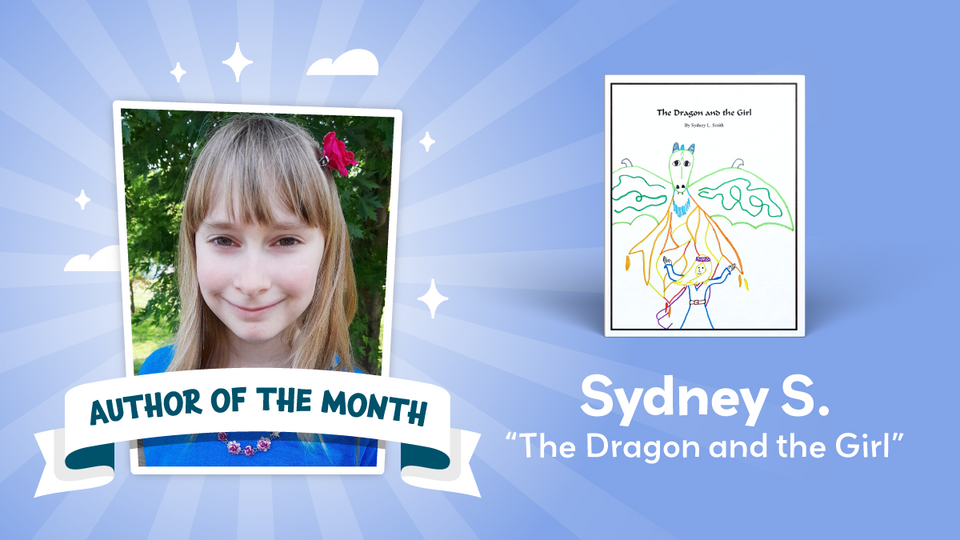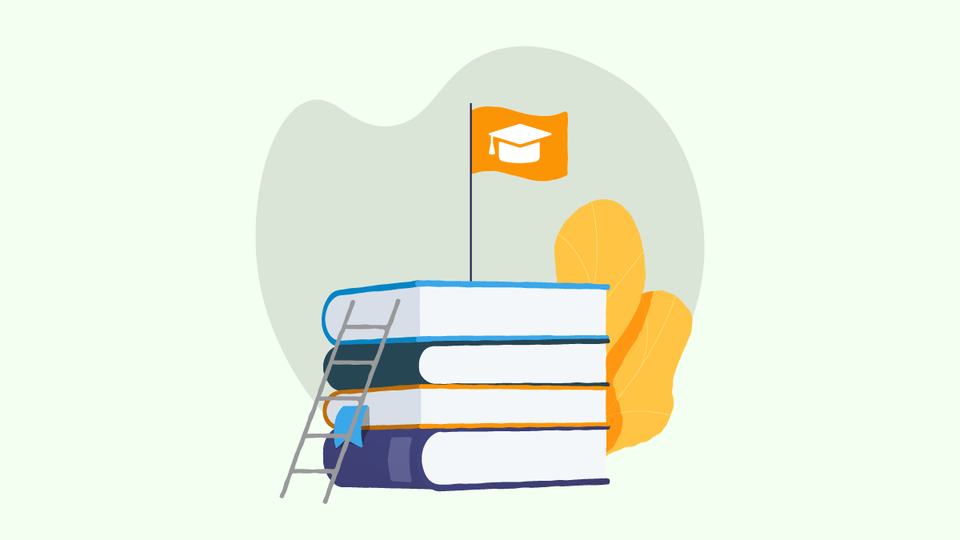
Personalized Learning: Understanding The Value
With the support of a large and wealthy nonprofits, Personalized Learning has been a popular educational trend in the last two decades. Backed by all this funding, it may come as a surprise that studies into Personalized Learning practices have shown mediocre results.
Which leads to an important question; why is personalized learning not showing better results?
What is Personalized Learning?
Personalized learning is a curriculum plan and educational mentality that customizes the learning experience for each student. As the lessons are planned out, teachers create a variety of lesson forms. This can include video, essays, and audio. The emphasis on multimedia is central because, as we all know, everyone learns in different ways.
Personalized learning also favors creating goals based on the student. The approach is to present the material in a way that kids can engage with easily, while assessing their success individually.
For a more in depth explanation, I suggest this article from the Office of Ed Tech.
Because learning ought to be focused on a child’s needs and interests. That, I think, is obvious to all of us. We can sense that learning is enhanced when the student has agency in their own education. But how that learning is personalized to the student is the big question for educators and the nonprofit organizations who aim to fund major changes in our education system.
Personalized Learning Through Technology
The innovation that makes personalized learning possible is technology. If every student has a tablet or laptop, they can easily access the multimedia content in a variety of ways. In 2019, the National Education Policy Center published an in-depth report—Personalized Learning and the Digital Privatization of Curriculum and Teaching. The paper focuses on the ways personalized learning is implemented and what the technology behind personalization means for the future of learning.
Peter Greene, in a piece for Forbes, sums up the argument that stands at the center of this report: “personalized learning has been essentially taken over by a privatized corporate approach, because personalized learning smells like money. Lots of money.” The issue Greene sees is a worrying one; any time the funding (and opportunity for profit) drives education, students are at risk.
The concern arises when technology is viewed as a solution in and of itself, because profit becomes a driving factor. As with most things, when the profit becomes involved, the goals naturally shift. But in this instance, the damage done to shifting goals could impact an entire generation of students.
New technology has the potential to make learning more personalized and accessible, but the goal has to stay focused on education. Not designing cool new ways to provide that education.

What Students Need
The bottom line for personalizing learning is to serve the students better. If the lukewarm results from existing learning methods tell us anything, it’s that data means less than the presence of a teacher.
That’s the thing most glaringly missing from personalized learning; the direct and immediate input from the teachers. Data will only find the solution that works for the majority of users (in this case students) the majority of the time. That’s simply not good enough when it comes to education.
Students need to learn at their own pace and in their own ways. But there is also value in learning to understand others. Personalization can't come at the expense of socialization. Imagine a world in which students who struggled with Shakespeare could simply have the text 'modernized?' The entire purpose behind teaching Shakespeare is rooted in the profoundly brilliant way he crafted prose!
But a technological solution might see 'fixing' the text as a solution. What personalized learning really needs to mean is an approach that involves powerful learning tools (like computers and the web) alongside teachers who can identify students needs. That kid struggling with Shakespeare may need text that provides meaning beside the lines. Or they may benefit from a film version to help visualize the content. Or perhaps even a task rooted in the prose style to help immerse them in their learning experience.
Project Based Learning
One exciting form of personalization comes from project based education. Of course, project based ideas are near and dear to Lulu Junior, since our kits are perfect for these kinds of lessons. But it doesn't need to be based around any one product. Using a project focused curriculum helps identify ways that students learn best. That's valuable information for teachers who want to personalize their teaching!
As educators look for innovative ways to teach, technology becomes even more important. There's no denying that. But so does giving students activities. Which is where all these elements come together. Because so many students will be learning from their computer screens, projects naturally are focused on those kinds of activities. Education through gamification and other 'fun' project means will continue to grow.
The more these individualized, project focused methods grow, the easier it will be for educators to personalize learning.
The Future Of Learning
There's no doubt technology will play a huge role in education. And with it will come additional ways to personalize learning for each student. Kids from preschool through college levels will have new opportunities.
Which is awesome! Parents and teachers will be discovering more and better ways to help their students learn. And with such an emphasis on funding these new learning opportunities, it's likely the we'll see new and exciting ways to learn in the years to come.


